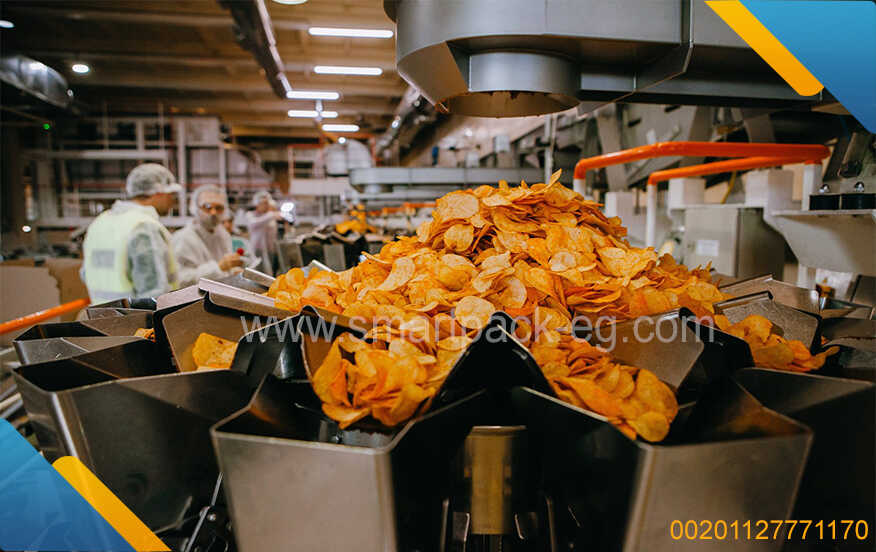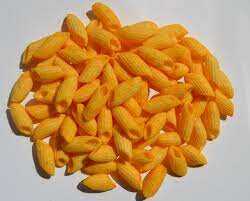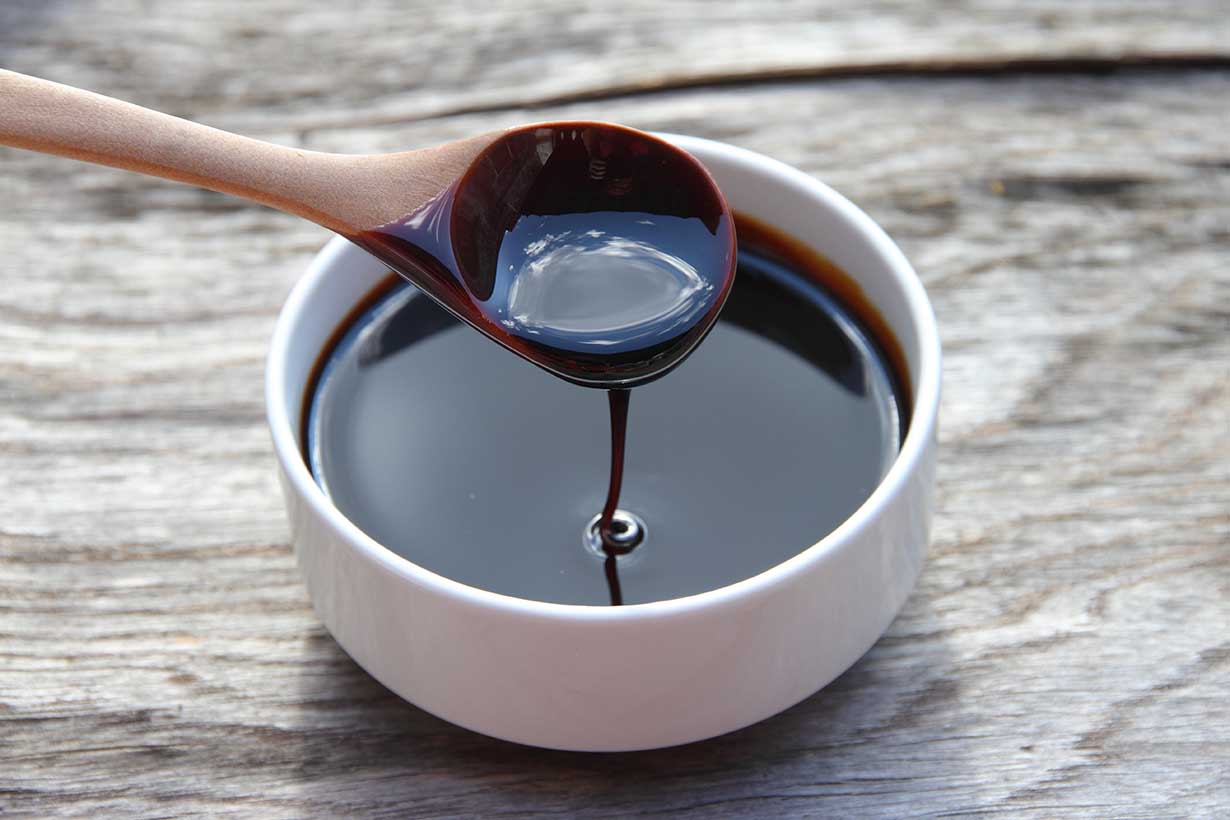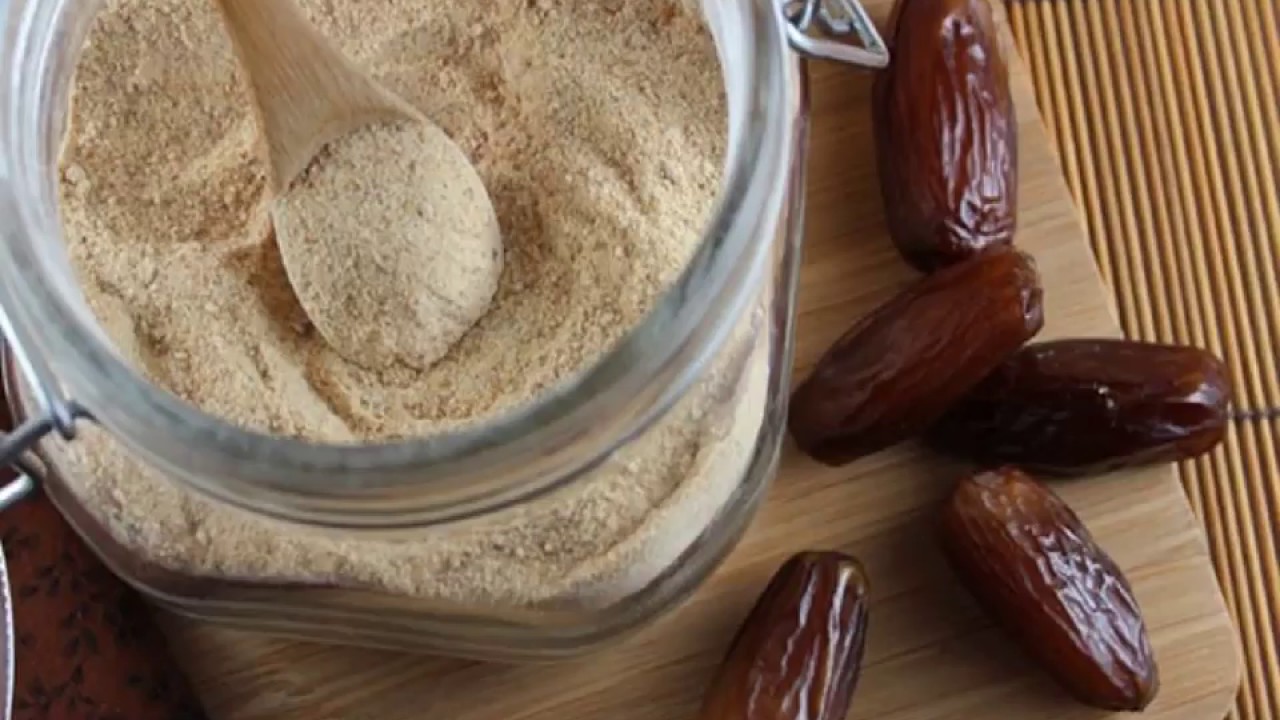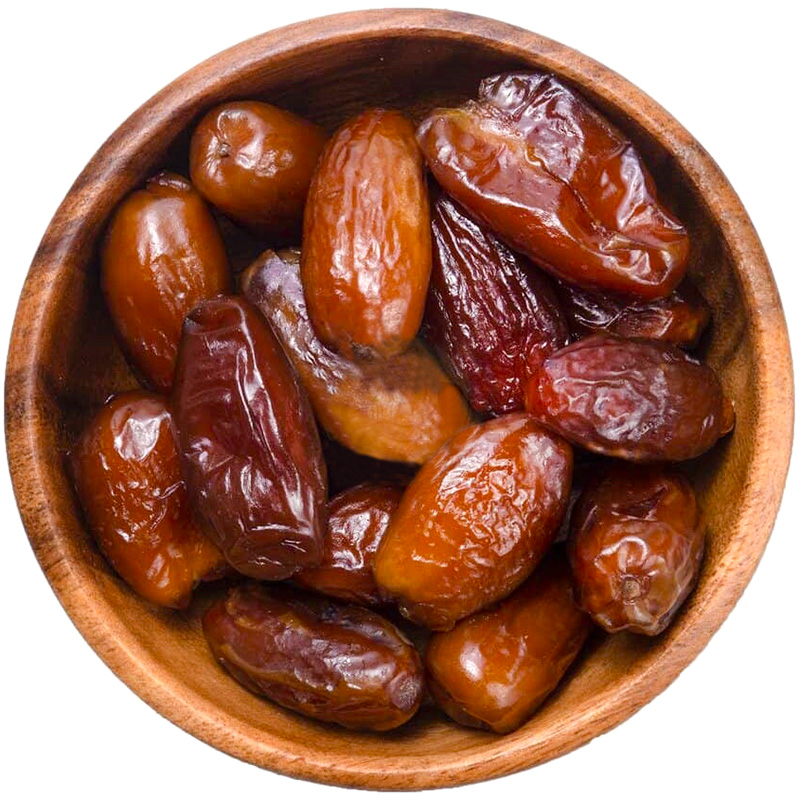Packaging and food packaging machines
In the world of moving and shipping goods, packaging and packaging are two very common terms. Despite their great similarity, there are fundamental differences that distinguish each term from the other.
Packaging can be defined as the process of designing and producing a suitable box or container for products or goods, with the aim of transporting and storing them. The packing process includes many methods such as sealing, wrapping materials, using materials that absorb shocks or make the goods resistant to external factors such as water. The focus in packing is on protecting goods and products from damage and harm.
There are many materials that can be used in the packaging process, such as bubble wrap, cellophane, cork, or sponge. These materials are used to provide effective protection to the goods during the transportation and storage process.
Packaging and food packaging machines
The importance of packaging lies in protecting the goods and products and ensuring that they reach customers or retailers without any damage or damage. Damage can commonly occur during the shipping process, which is why packing is essential before moving begins. It is especially important when transporting sensitive goods that need careful handling.
Hence, it can be said that packaging is the process of designing and implementing containers and outer packaging of goods, while the term packaging refers to the actual process of packing products into containers or packages.
Certainly, packaging can reduce losses that may occur during the transportation process and help avoid problems with vendors and customers in case of any breakdown or damage.
Packaging is a part of the packing process and is mainly intended to protect the products and ensure that the transportation or storage process is done in a safe manner. However, the concept of packaging has gone beyond the field of shipping goods and has become a part of our daily lives. For example, have you moved your furniture to a new home? This process can be considered a clear example of encapsulation.
So what exactly is packaging?
Although packaging forms part of the packing process, its importance goes beyond the transportation and storage process and directly impacts customers. Packaging refers to the process of designing and producing a specific package or wrapper that contains the product and is ready for storage, transportation or sale to the consumer.
Simply put, packaging achieves two main goals. The first is to protect the product from damage, and the second, which is the main goal, is to attract the consumer through an attractive packaging design, which increases product sales.
Packaging and food packaging machines
Packaging can be divided into three main types:
Primary packaging:
It is the type of packaging that targets the consumer directly. Marketers rely on primary packaging to attract customers and increase sales. Primary packaging protects the product and provides the consumer or retailer with basic information about the product. For example, beverage bottles are an example of primary packaging. The bottle holds and protects the drink, while the label displays important information to the buyer.
Secondary packaging:
This packaging is used to transport goods from one place to another and is mainly intended to display the brand and aid the transportation process. It is popular in food and beverage packaging.
Tertiary packaging:
:
It refers to the packaging that is used to bundle and store goods in large quantities. Tertiary packaging is commonly used in supply chains and shipping logistics.
Packaging improves the quality and protection of products and enhances their appeal to customers. Attractive and innovative packaging can increase sales and success of the product in the market. Moreover, it can reduce losses and damage during transportation and storage, saving money for companies.
Packaging technologies have evolved over the years and have seen advances in materials and design. New packaging materials have been developed that provide optimal protection for products and enhance environmental sustainability. For example, biodegradable and recyclable packaging materials have been developed to reduce environmental impact.
Packaging and food packaging machines
In short, packaging plays an important role in protecting products and facilitating transportation and storage. It also plays a crucial role in attracting customers and increasing sales.
Packaging materials are diverse and numerous, and are chosen based on the nature of the product and the requirements for protection, storage and transportation. Here are some common types of packaging materials:
Paper and cardboard: Paper and cardboard are used in manufacturing boxes, cartons, bags, cups, etc. They are biodegradable and recyclable materials, commonly used in secondary packaging and general packaging.
Glass: Glass is used in packaging beverages, food, and cosmetics. It is a transparent material, impermeable to odors and flavours, and provides good protection for products.
Metal containers: including tin, aluminum and tin containers. It is used in packaging beverages, food and industrial products. They are strong and durable materials and provide good protection for products from external factors.
Plastic: Plastic is used in the manufacture of many types of containers, bags and bottles. They are lightweight, strong and flexible materials, offering diverse packaging options.
Aluminum: Aluminum is used in the manufacture of food, beverage and pharmaceutical containers. It is a material with light weight, high strength and corrosion resistance.
Wood: Wood is used to make packaging boxes and pallets. It is a strong and durable material and is commonly used for heavy shipping and storage.
Packaging and food packaging machines
Packaging is important in different industries for several reasons:
Product Protection: Packaging materials provide protection for products from shock and damage during transportation and storage.
Health safety: It contributes to maintaining the cleanliness and quality of food products and protects them from external contamination

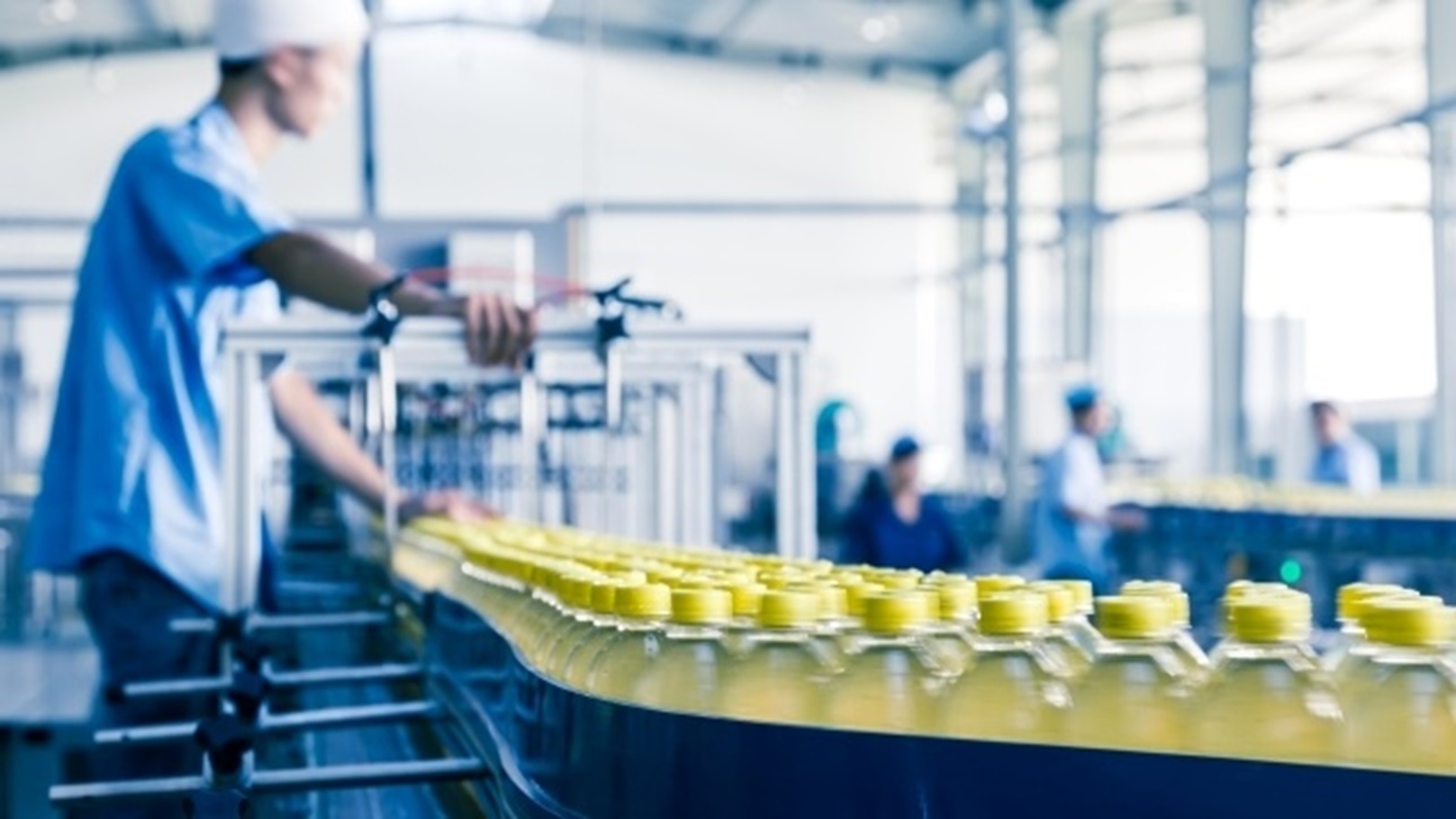
 Admin
Admin 